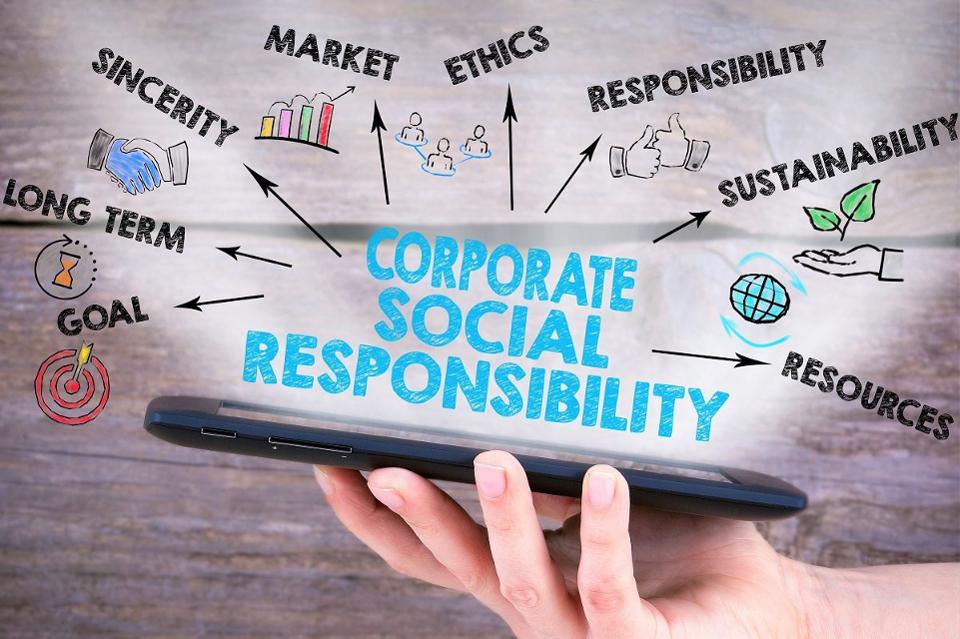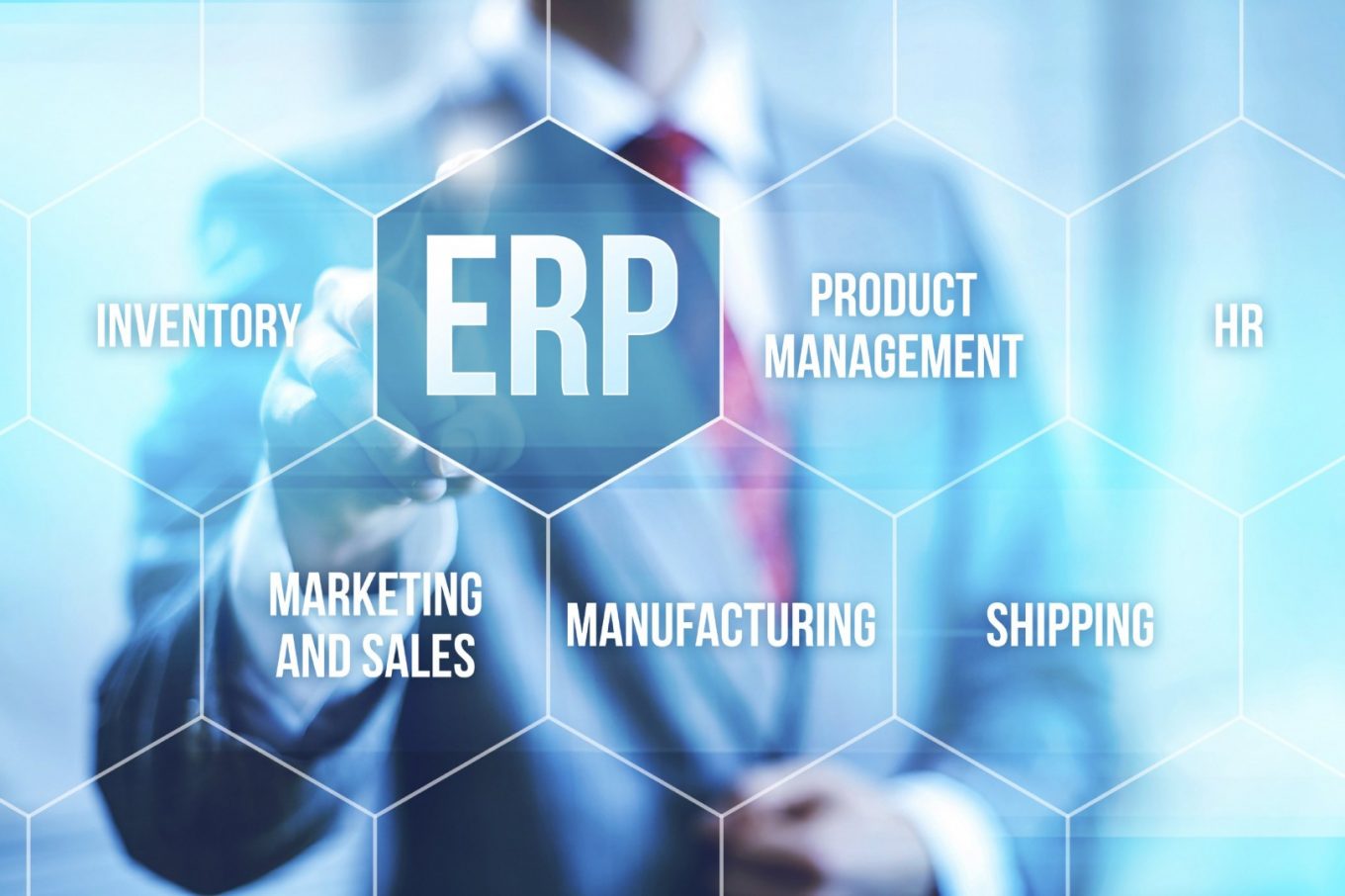
If you take a look at any business, the primary focuses are revenue, profits and equity value. There’s one sole reason to get into business; to make money by using the resources made available either from the Earth, or through creativity. Many people within the business world are quick to take resources from the Earth and exchange them for monetary gain. However, then they are quick to dismiss the responsibility to replace, replenish and even protect the environment that they took the resource from in the first place.
One of the main reasons for that is, unfortunately, it is generally cheaper to dismiss any responsibility in the short-term. However, the problem will continue to compound and the expense will be felt hardest by future generations.
So how are businesses changing their mindset so that they edge closer towards a sustainable solution?
They implement environmentally-friendly practices within their organisation
Environmentally-friendly habits need to begin within the organisation.
Start with an internal audit to see the type and scope of waste generated by the organisation. There are several bad habits that can potentially be contributing towards the organisation’s poor environmental habits and practices. Some of these include the following:
- Encouraging habits that fail to “close the loop”
People within an organisation will follow the rules and processes that are given to them. If there’s no process that encourages them to reuse or recycle items, then they will continue to implement traditional waste disposal habits.
It’s up to the senior management and leadership within the organisation to encourage environmentally-friendly habits by creating areas, options and rewards for people within the organisation that adopt environmentally-friendly habits.
For example, give employees disposal bins that categorise different items. These could include paper, plastic, glass, and cardboard.
Additionally, management can dedicate areas (such as storage areas) for employees to return unused or unwanted items that can be reused by another. These may include pens, pads, or computers.

- Disposing of used ink cartridges in the wrong channels.
This is a major error that still occurs within several organisations.
Ink cartridges that end up in landfill contribute to several environmental issues, such as landfill or contamination. Even though the ink cartridge itself has a relatively short lifespan, the used cartridge can take between 400 to 1000 years to decompose. According to Wikipedia, there are approximately 80 million ink cartridges that end up in landfill sites each year.
This is partly due to people disposing ink cartridges in traditional waste channels and even in recycling channels. The problem is that used ink cartridges need to be processed in a specialised recycling plant. Otherwise, they will just end up in landfill.
The organisation can also choose to partner with suppliers that can help them manage the process. One of the leading Australian suppliers in printer cartridges is Cartridges Direct, who also receive and distribute the used cartridges to the right recycling channels once the cartridge has reached the end of its life.
They partner with organisations that can manage certain sustainability activities
Larger organisations tend to have the financial resources to build and dedicate teams to achieve sustainable activities. For the majority of other businesses, it’s an expense that they cannot justify. In this case, it is better to partner with an organisation that specialises in certain sustainability areas.
For example, partnering with recycling specialists such as glass, cardboard or e-waste recycling companies can help manage the disposal of these items in the right channels.
- Businesses need to commit to sustainability.
It’s no longer viable to focus on the short-term profit gain at the expense of long-term environmental impact. The hidden cost will come back to haunt future generations in terms of welfare and inflated costs. By taking action now, companies can ensure that a viable eco-friendly economic model can be in place and help their organisation protect the environment, while still allowing the organisation to achieve its financial goals.

Founder Dinis Guarda
IntelligentHQ Your New Business Network.
IntelligentHQ is a Business network and an expert source for finance, capital markets and intelligence for thousands of global business professionals, startups, and companies.
We exist at the point of intersection between technology, social media, finance and innovation.
IntelligentHQ leverages innovation and scale of social digital technology, analytics, news and distribution to create an unparalleled, full digital medium and social business network spectrum.
IntelligentHQ is working hard, to become a trusted, and indispensable source of business news and analytics, within financial services and its associated supply chains and ecosystems.


























